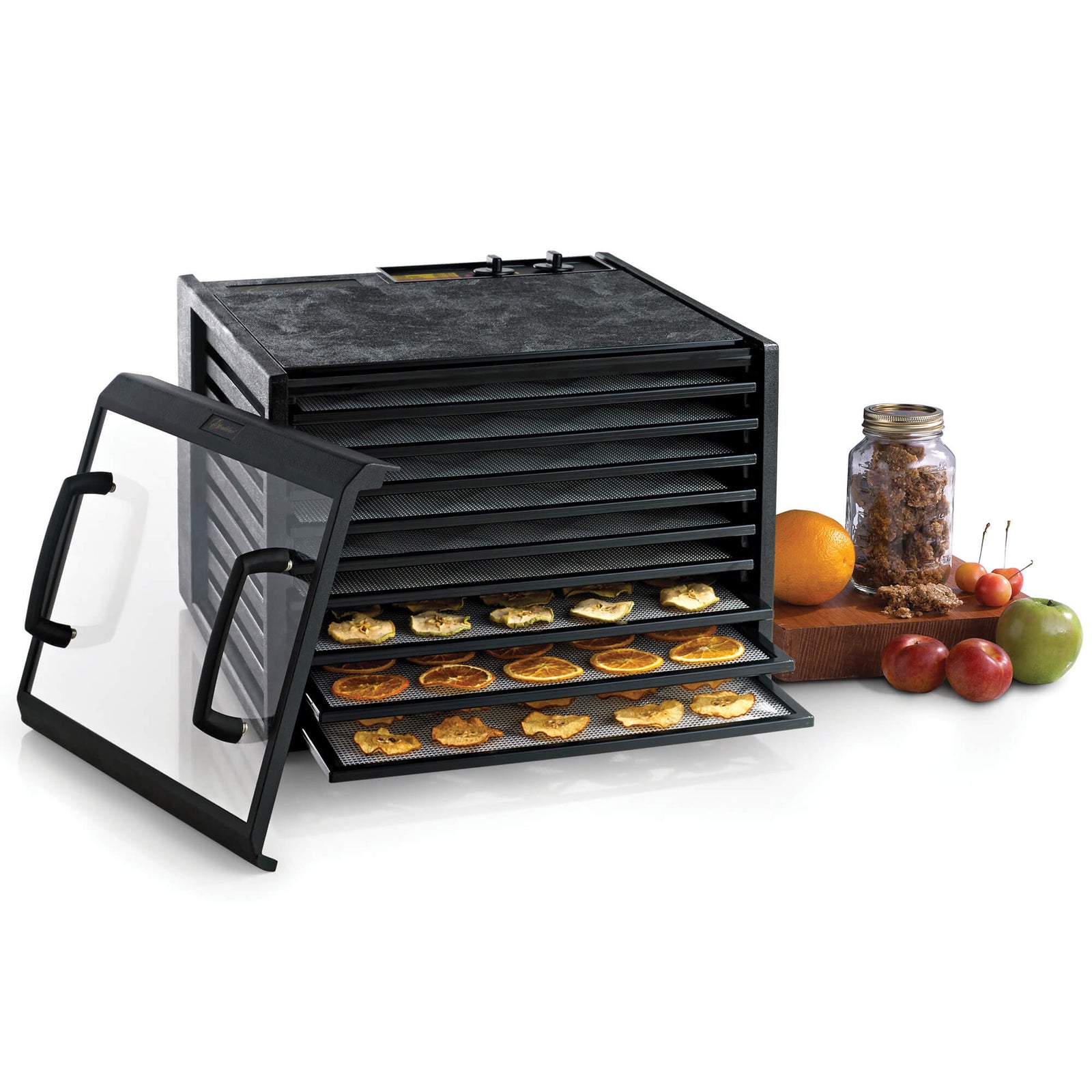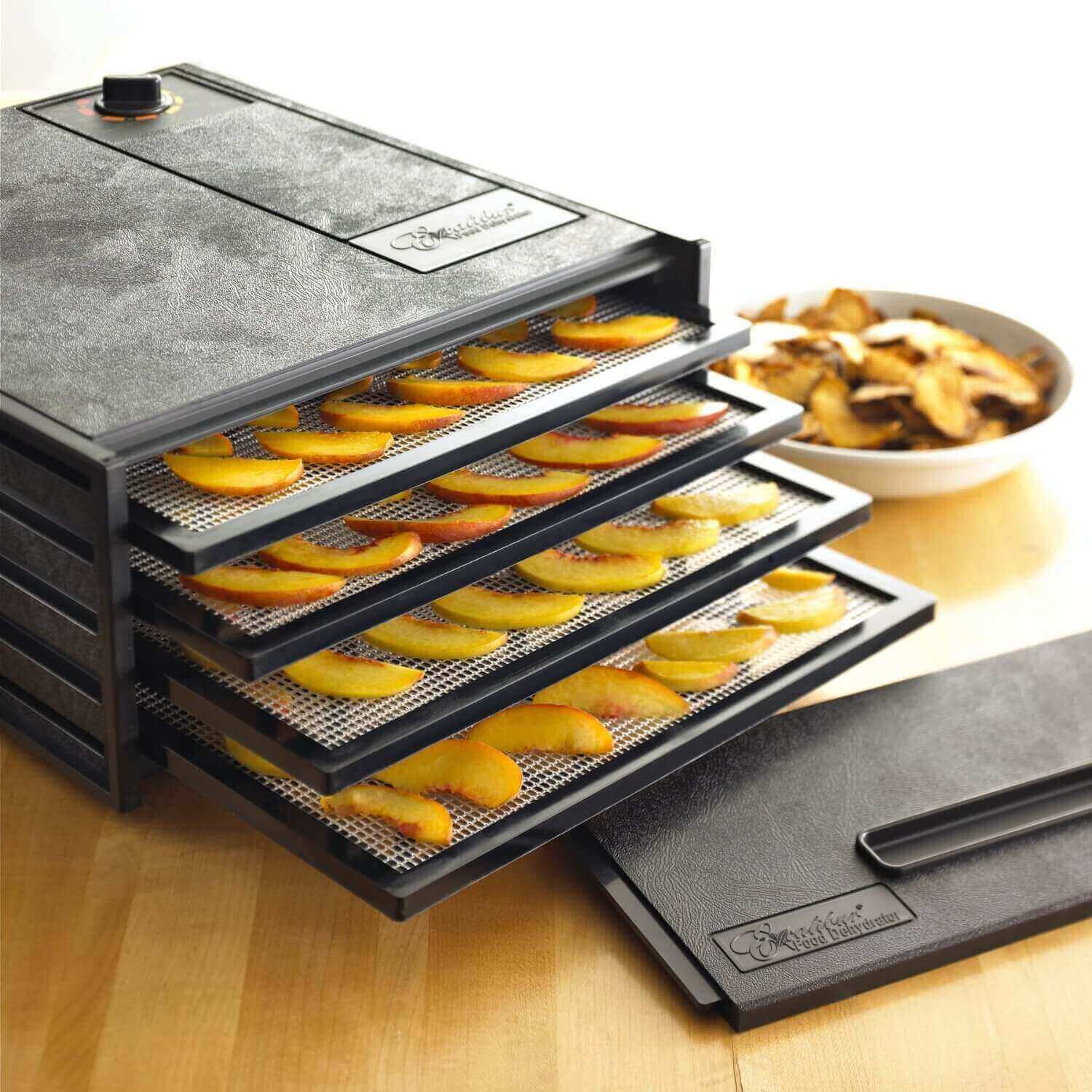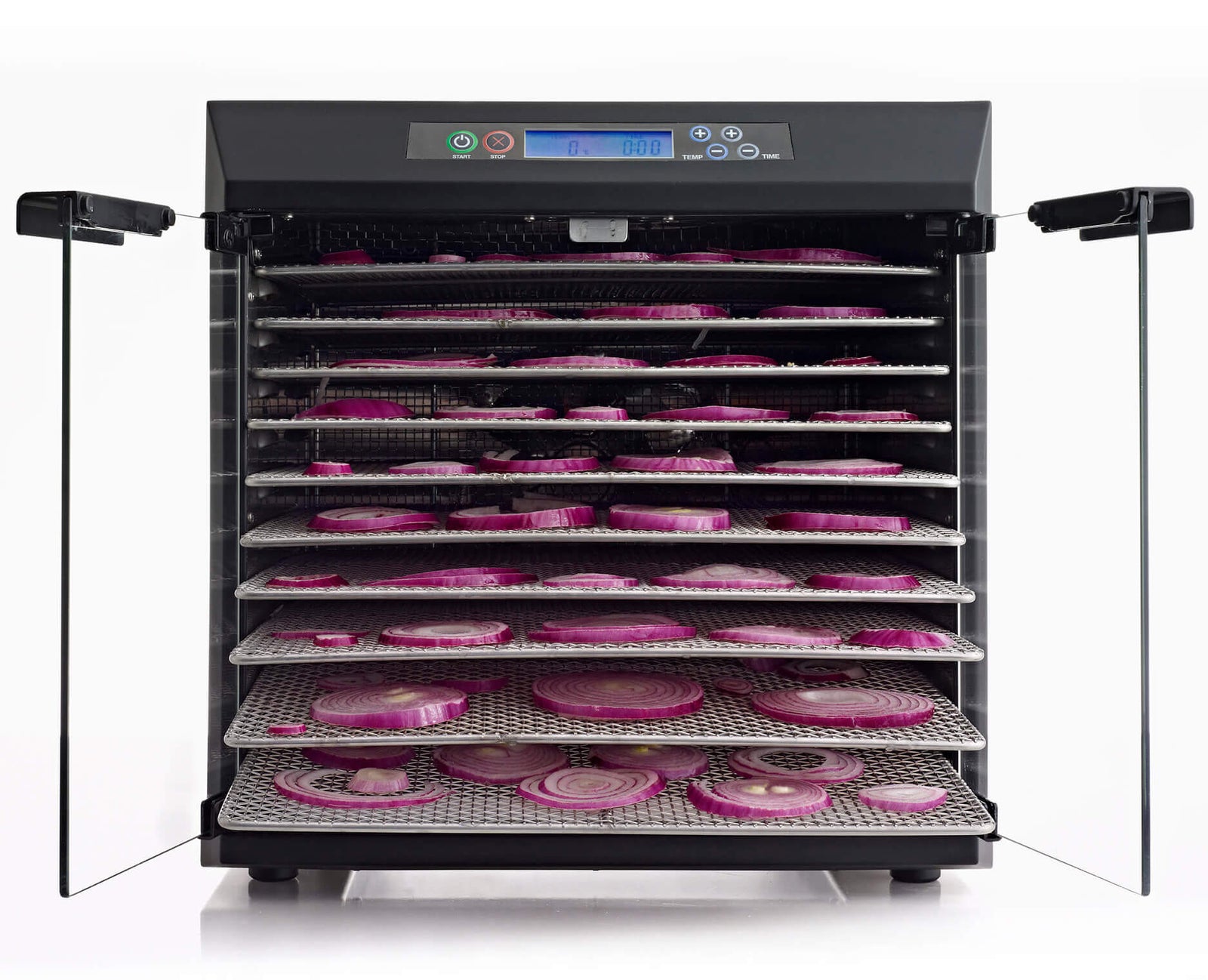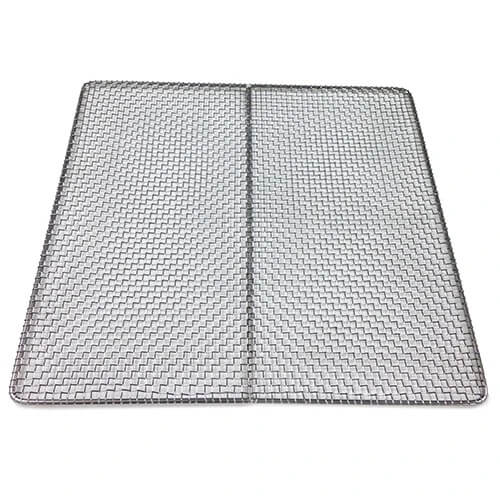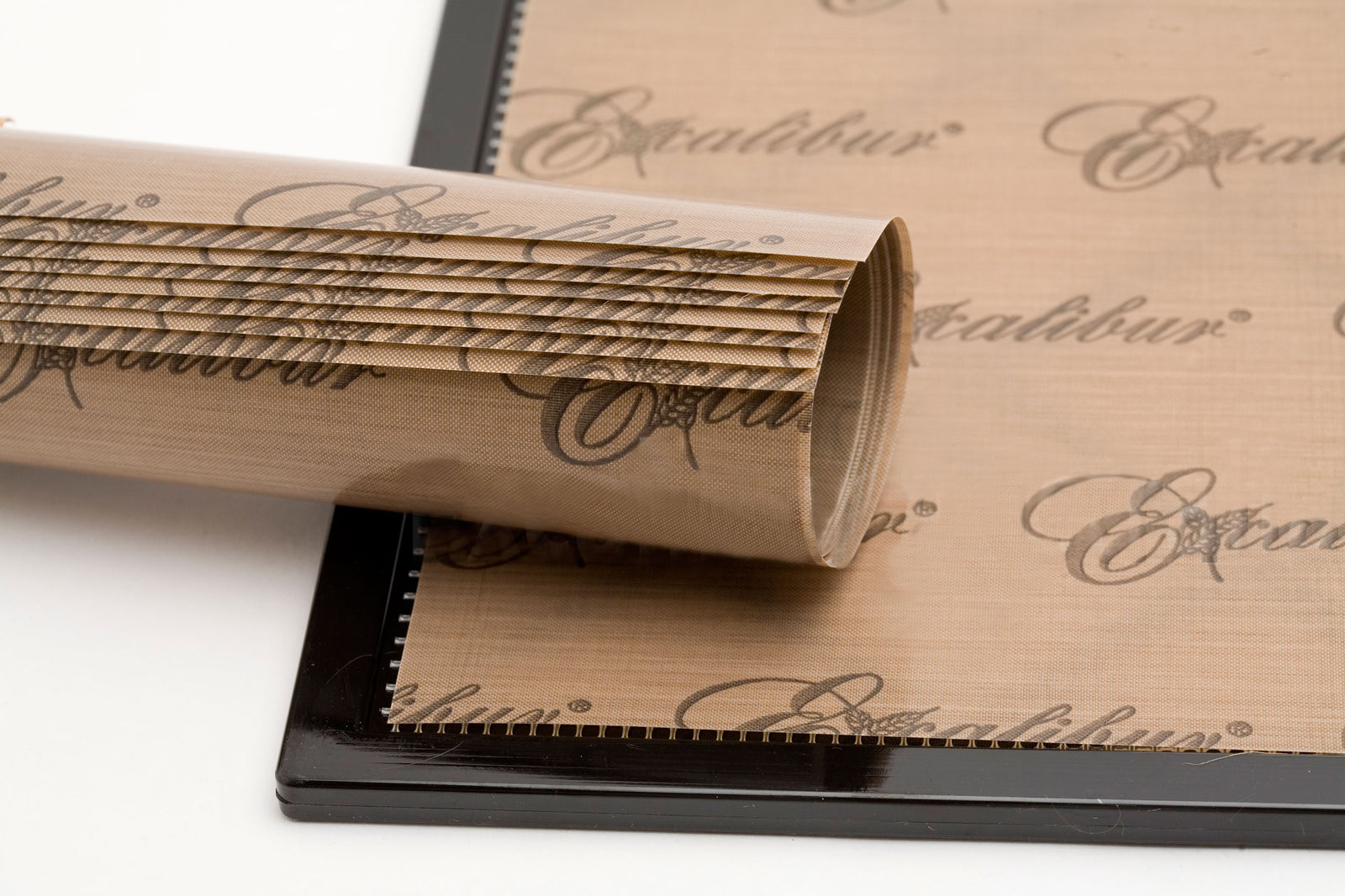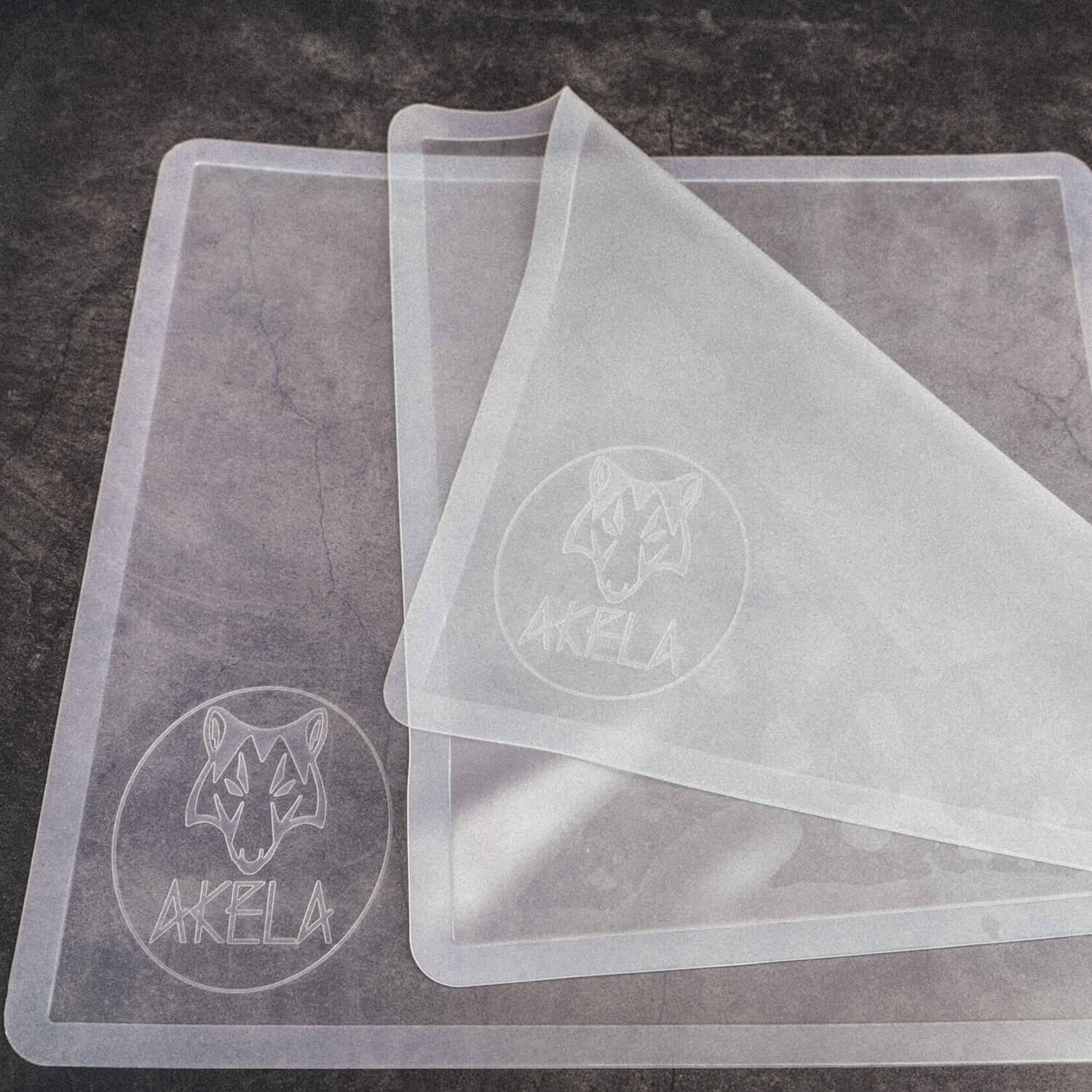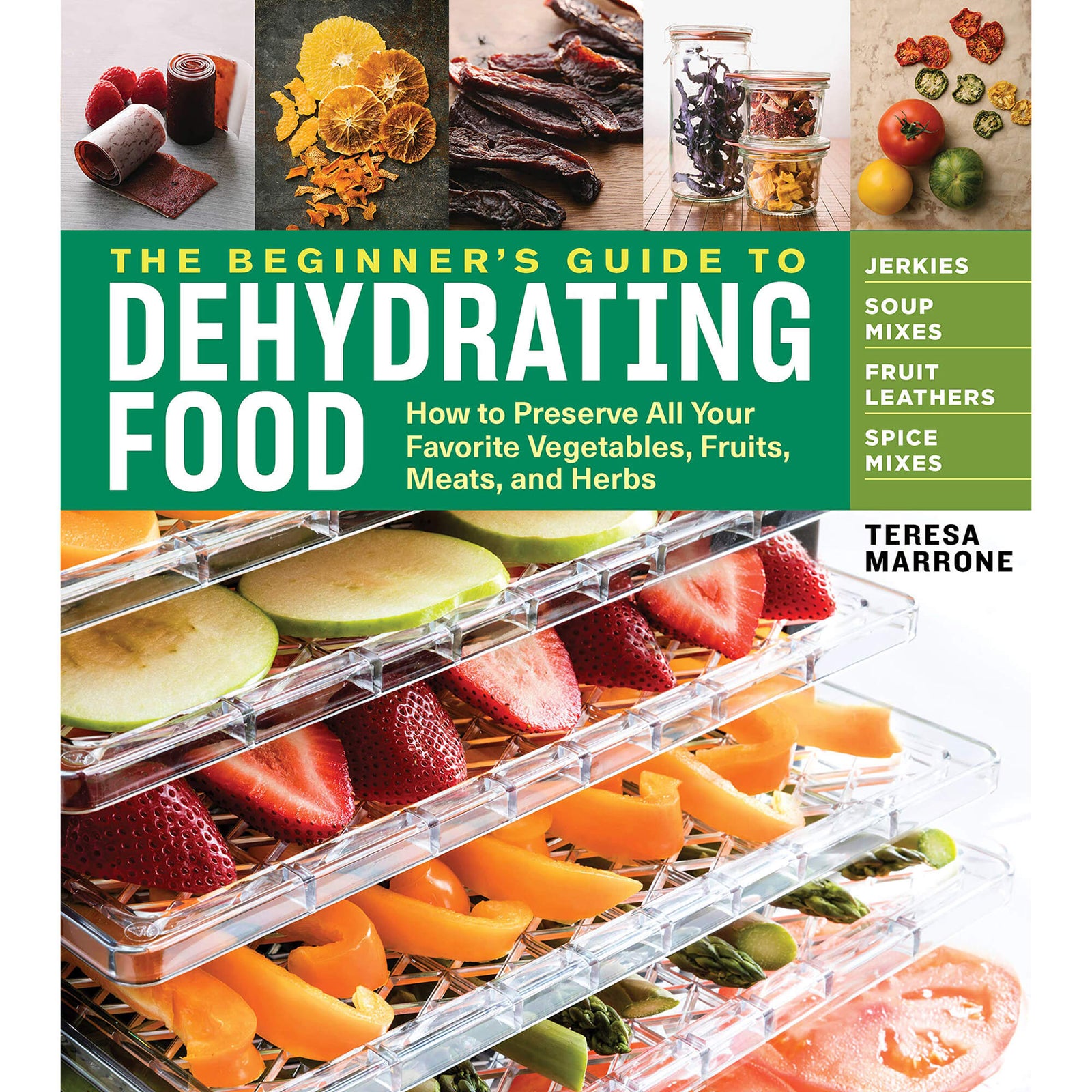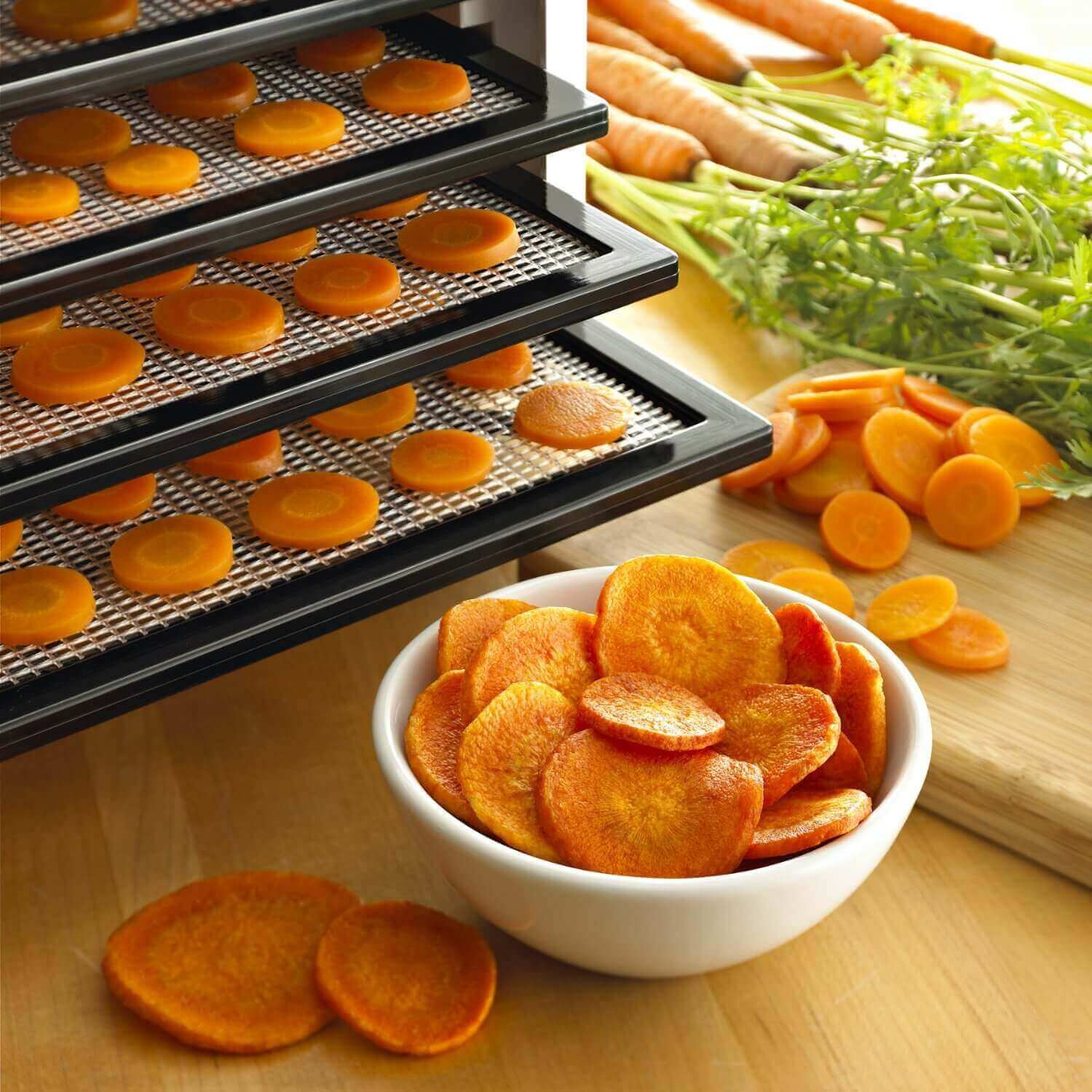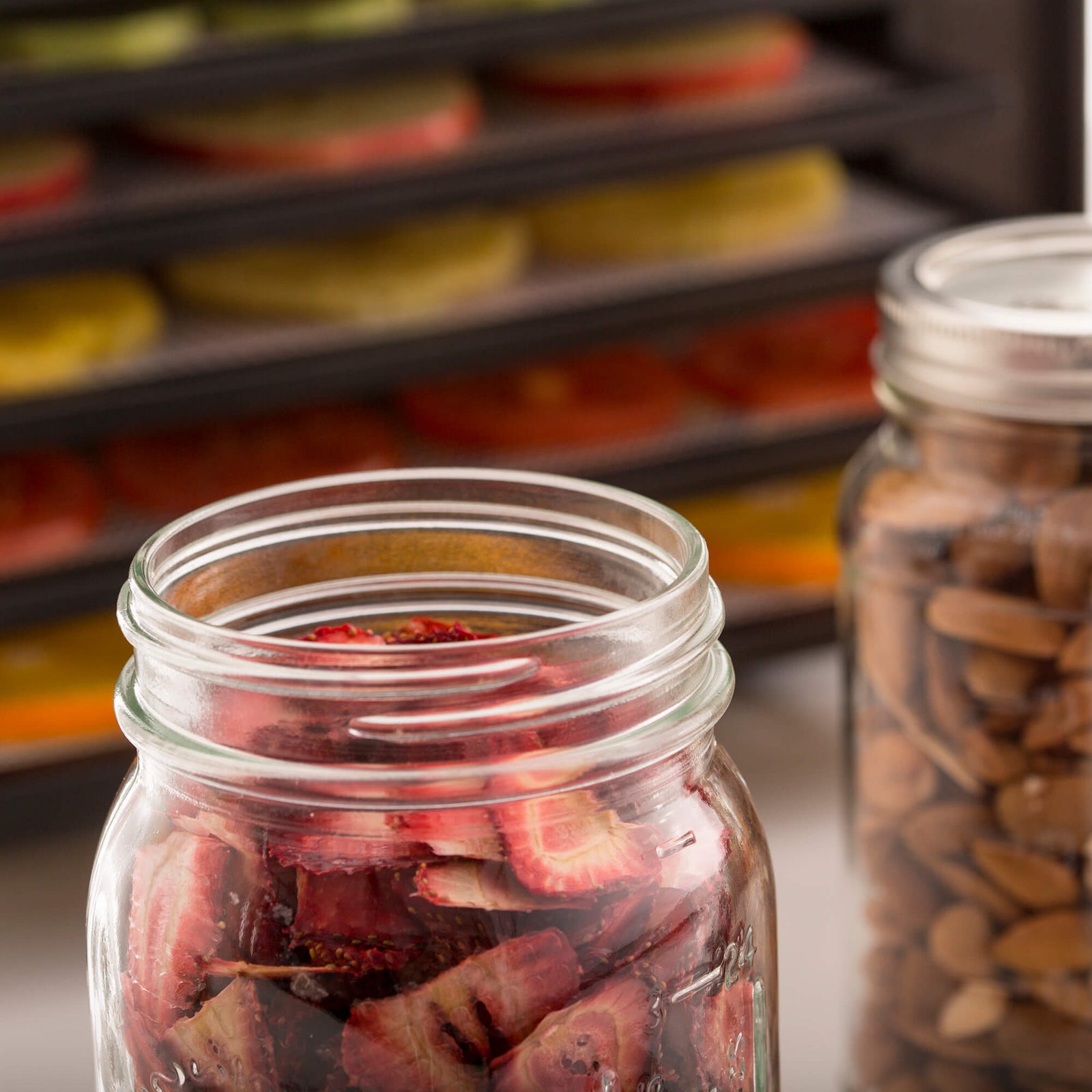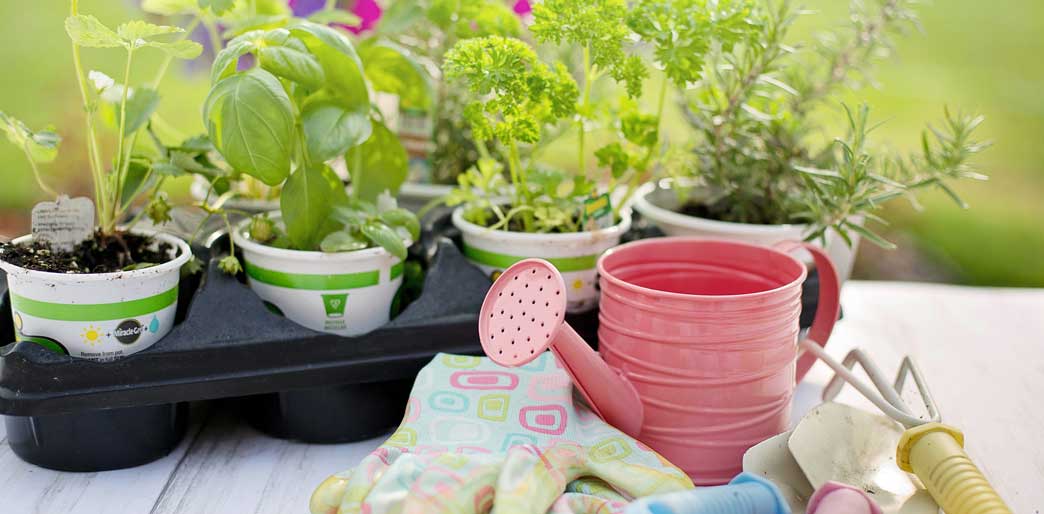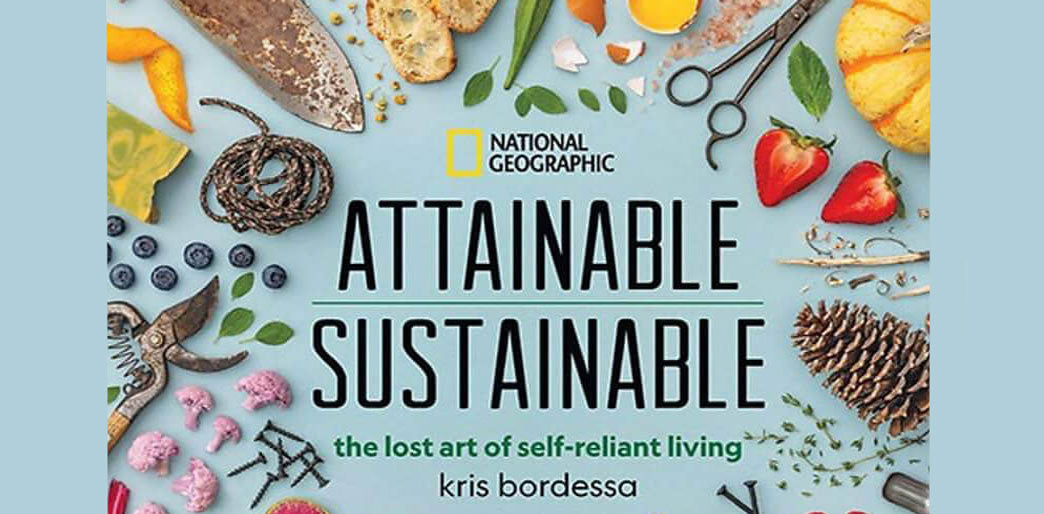The Joys of a Herbal Kitchen Garden - Dehydrate Fresh Home Grown Produce

One of the main benefits of having your own garden is that you can grow the freshest produce - and also save yourself a lot of money.
Drying your own herbs is not only inexpensive, but you also preserve the quality of the herb. If you don’t have much of a green thumb, or don't have the space to grow your own herbs, you can find fresh organic herbs at most farmer’s markets.

Many store bought herbs have been sprayed with toxic pesticides and also most likely have been irradiated, similar to the pasteurisation process of milk. This unsavoury process will also kill a lot of the nutrient content and vitamins.
One of the main reasons that more and more people are growing their own food is because it’s the only way to know exactly what’s in it.
Nowadays, pesticides and GMOs are so common that the best way to avoid them is by growing and producing as much as possible yourself.
Studies have shown that vegetables can lose between 15-50% of their vitamin C content after harvest, and some types of spinach were actually shown to lose a full 90% of vitamin C within just 24 hours of being picked!

Harvesting:
It is best to pick your herbs in the morning for maximum benefits, since beneficial oils in the plant have not yet been affected by the sun. Leaves should be harvested fresh, so discard any wilted, brown or discoloured leaves.
Seeds should be harvested when they start to turn brown and harden, but before they start to fall off the plant naturally.
Flowers can be harvested by carefully cutting the flower heads off the plant shortly after they bloom.
Temperatures for Dehydrating:
In order to keep things raw, you should keep the temperature under 48°F (118°F) for the majority of the time.
Set the thermostat between 35°F (95°F) to 46°F (115°F). In areas with higher humidity, temperatures as high as 52°F (125°F) may be needed.
Drying times usually vary from 1 to 4 hours. Check periodically.
They will be done when the leaves easily crumble and the stem breaks rather than bends. They should have the crisp feel and sound of crunchy autumn leaves.
You should keep in mind that your environment will affect your drying times. The drier the air, the faster your produce will dry.
You should also consider how long you plan to store your harvest once it’s dry. If you won’t be eating your finished product for a while, dry it for a little longer. The crispier it is, the longer shelf life it will have.

Storing:
Once your herbs are dried and crisp they are ready to be stored. Do ensure you leave them for at least 30 minutes to cool down though.
Simply remove the dry leaves from the stems and either leave them whole, or crush them in your fingers.
Store them in small airtight containers such as old spice bottles or Mason jars. Don't forget to label them as they can look quite similar when dried. To keep your herbs fresher for longer, store them in a cool, dry place away from sunlight and away from steam. A closed pantry is better than on a bench.
You can also make your own herb and spice blends, by simply drying your herb selection and grinding them into powder using a spice grinder, or a mortar and pestle. Perhaps try combining them with dry spices for a broader selection.
Dried herbs are generally more potent than fresh herbs, hence you will need less when cooking. A general rule of thumb is three portions of fresh herbs equal one portion of dried herbs.

Look out for some Recipes and Tips for drying and using Herbs and Spices in future posts.



